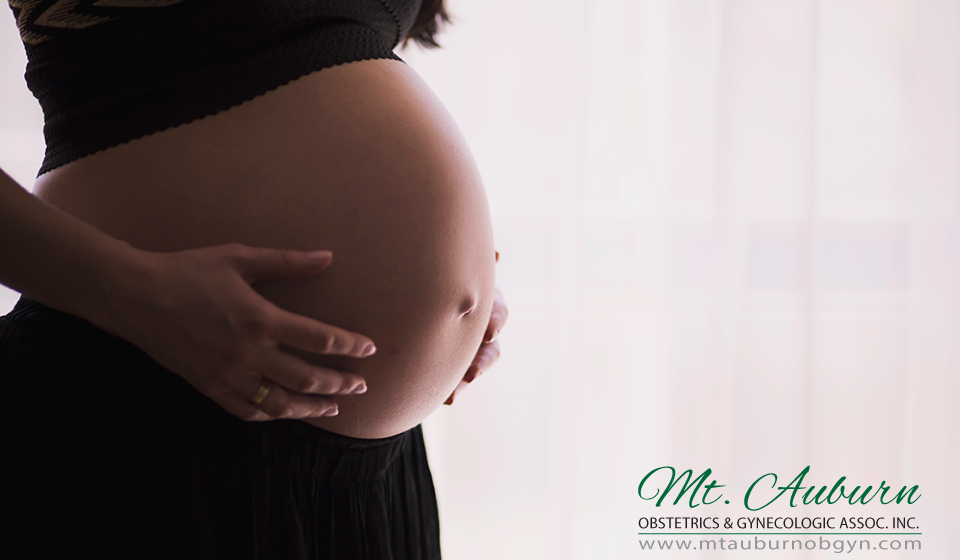 How exciting! The day you have been preparing for is finally approaching. Soon your baby will be born.
How exciting! The day you have been preparing for is finally approaching. Soon your baby will be born.
You are probably feeling a mixture of excitement and apprehension. You may also be tired and irritable as the baby gets larger.
Your due date is based on the first day of your last menstrual period. Therefore, this date is only a guideline. You may deliver two weeks before or after that date and the pregnancy would still be considered a full term pregnancy.
We are not sure exactly what triggers the beginning of labor. Hormones produced by the mother and the fetus, as well as changes in the uterine muscle, all play a role in the onset of labor.
What Can I Expect as Labor Approaches?
- Lightening – If this is your first pregnancy you may notice the baby ?drops?, or engages in the birth canal, 2 to 3 weeks before labor begins. You will notice it is much easier to breath, although now you may experience pressure on your bladder, causing you to urinate more frequently. If this is not your first baby, this “lightening” may not occur until a few hours before labor begins.
- Show – A thick, mucous plug forms in the cervix. When the cervix thins (“effaces”) and begins to open, the plug is discharged into the vagina. This may happen in one piece or in small amounts. The mucous may be blood tinged. This “show” usually happens a few days before or at the onset of labor.
- Rupture of Membranes – Membranes rupture when the bag of water surrounding the baby “breaks”. This may happen a few hours before the onset of contractions, or at any time during labor. Call your doctor when this happens.
- Contractions – Throughout the third trimester you may notice your abdomen getting hard, then soft again. These irregular contractions may increase in frequency and intensity as you approach your due date, becoming uncomfortable and even painful. These false labor pains are called Braxton Hicks contractions. If you are physically active you may notice these contractions even more.
How Can I Tell if I am in False Labor?
False labor can occur about the time you would be expecting labor to begin. Sometimes it is difficult to tell the difference between false labor and true labor without a doctor checking your cervix for changes.
One good way to tell the difference is to time the contractions. When a contraction begins your uterus will feel tense and your abdomen will be firm. You will not be able to indent it with your fingers. To time the frequency of the contractions, place your hand on your abdomen when your uterus begins to tighten and time through the softening until the uterus begins to tighten again. You should time the frequency and duration of the contractions for one hour.
The indications of true labor are as follows:
- Contractions will last about 30 to 70 seconds.
- The contractions occur at regular intervals, getting longer, stronger, and closer together.
- The contractions do not go away when you are up and moving around or change position.
- The contractions are often felt in the back, coming around to the front.
The indications of false labor are as follows:
- The contractions are irregular and do not consistently get closer together.
- The contractions may stop when you walk around, or rest, or when you change position.
- The contractions are often felt in the abdomen.
When Should I Call My Doctor?
You should call your doctor when any of the following occurs:
- Your membranes rupture (your “water breaks”), even if you are not having contractions.
- You are having vaginal bleeding, more than just the “show”.
- You have constant, severe pain.
